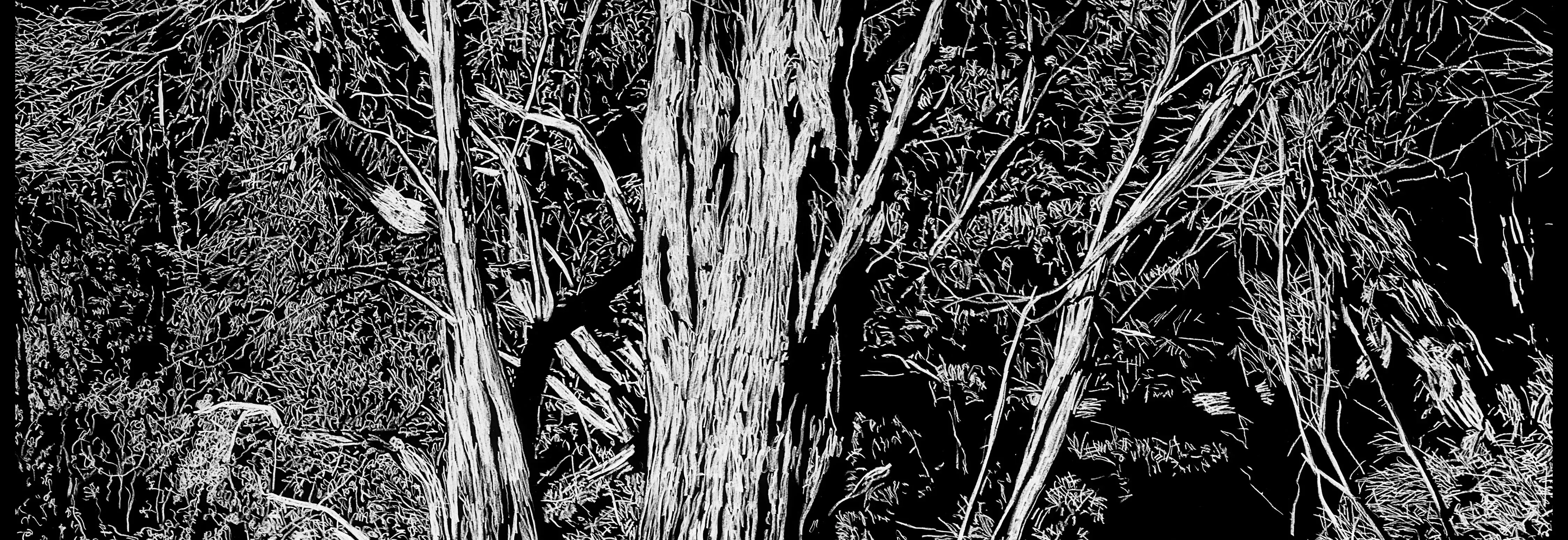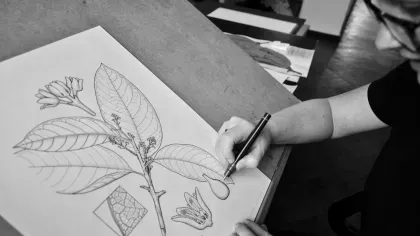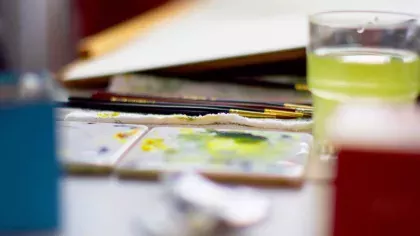18 September 2020
How lost paradises have inspired Jan Hendrix's new exhibition
World-renowned artist Jan Hendrix gives an insight into the inspiration behind Paradise Lost, our brand new exhibition at the Shirley Sherwood Gallery opening 3 October 2020.

Jan Hendrix is the acclaimed artist behind our brand new exhibition at the Shirley Sherwood Gallery.
Exploring themes of habitat loss and the fragility of nature, Jan's work is a powerful commentary on the damage human activity can have on the environment.
Jan shares the inspiration behind the exhibition and explains why art plays a role in drawing attention to environmental problems.
Habitat loss and the fragility of nature
"I've focused on the theme of habitat fragility and explored landscapes that have been damaged by human activity and intervention.
As an artist I don’t create a portrait of the actual situation. I portray landscapes in a way that you can feel the menace, you can feel the drama, and you get a sense of the hidden fragility there.
The name 'Paradise Lost' is symbolic for the loss of precious landscapes around the world that are tragically damaged and destroyed."
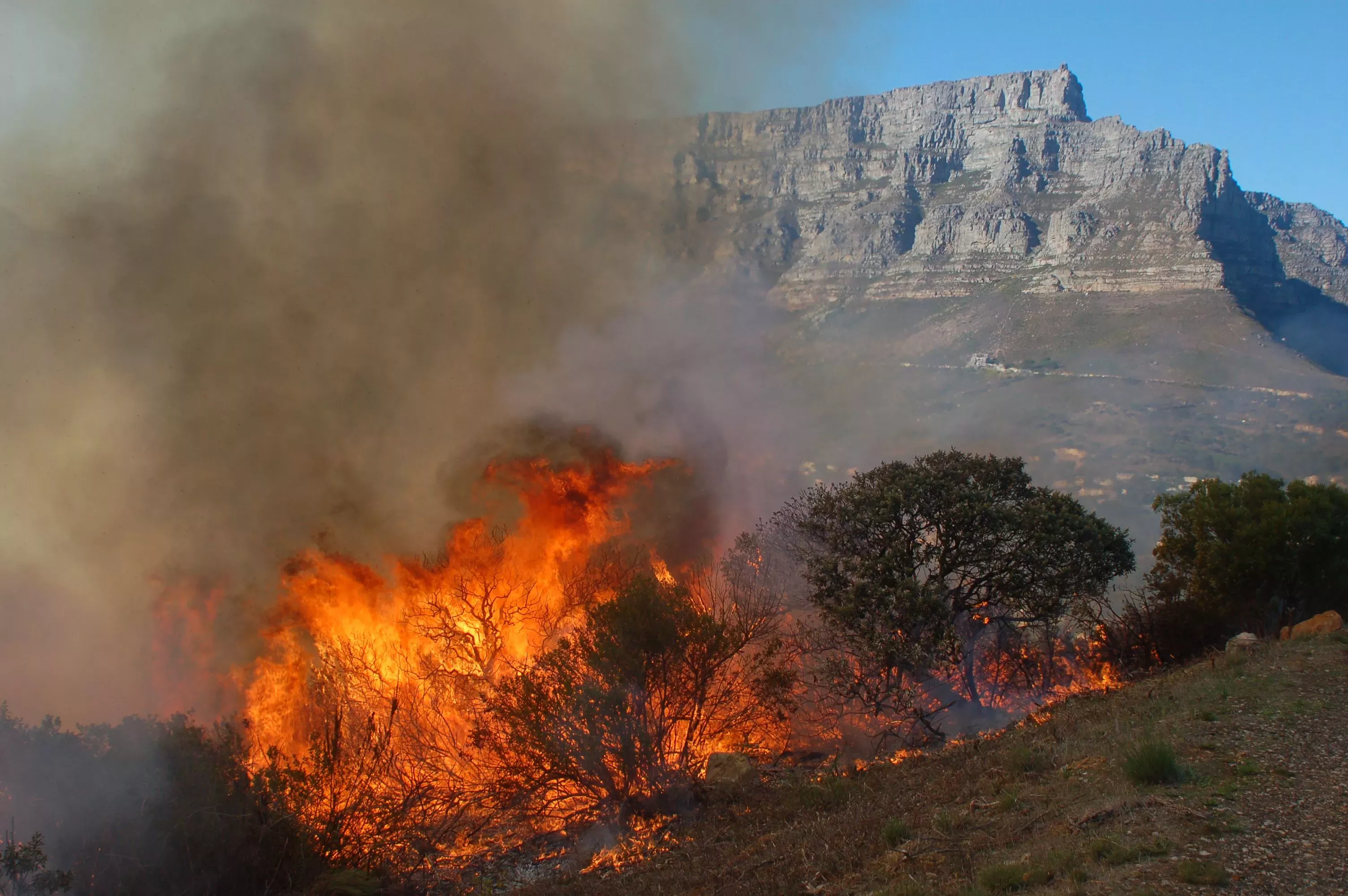
Why Kamay Botany Bay?
"Kamay Botany Bay acquired its name thanks to the huge number of plants recorded and collected there in 1770 by European botanists Sir Joseph Banks and Daniel Solander.
In those times it was a vast, pristine landscape thriving with endemic plants and wildlife.
What really struck me was how much it has changed.
Today it’s an airport, a container port, an oil depot, a desalination plant for seawater and a suburb of Sydney. Approximately 5% of the original landscape is still intact on the coastline and that's all that's left.
When Banks visited in the 18th century, he collected and pressed plants on the pages of a book called Notes upon the twelve books of Paradise Lost published by Joseph Addison.
Sadly this is ironic, considering the loss of this paradise and its transformation into what we see today."
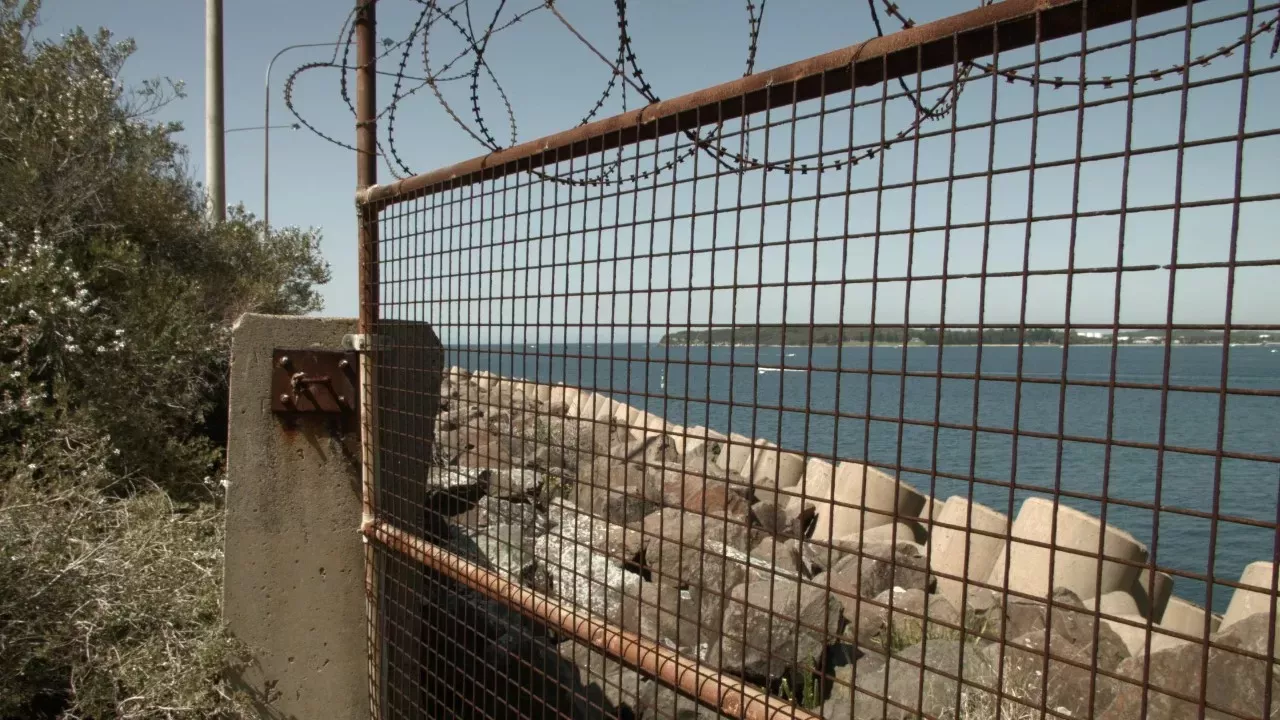
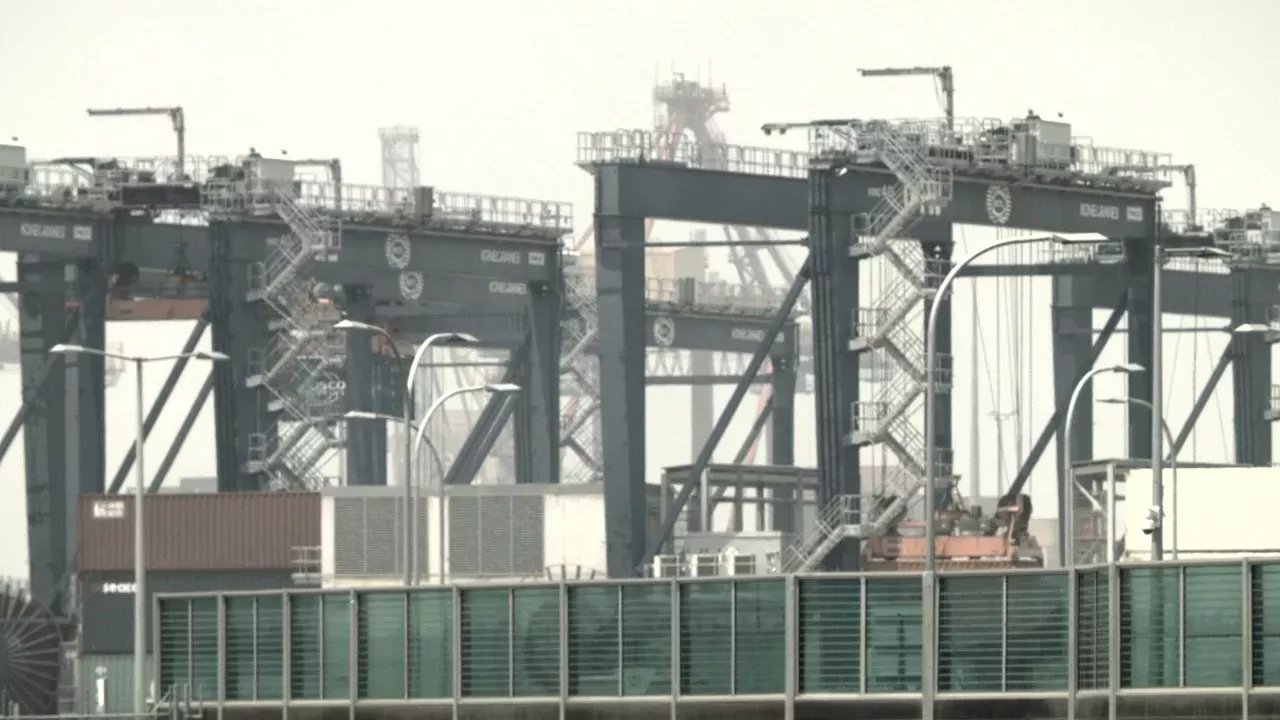
Historic expeditions changed the world
"Banks was part of an enormous explosion of explorers and expeditions during which the world was remapped and re-divided amongst a few powerful nations.
I was inspired by this period and the repercussions, and how this moment defined how we’re living now.
On the one hand botany was used to expand knowledge in this period, but on the other it was a political tool.
This period marked the beginning of the travel of seeds and plants between countries. I'm interested in how this changed the planet, from agriculture, to food, to habitat changes."
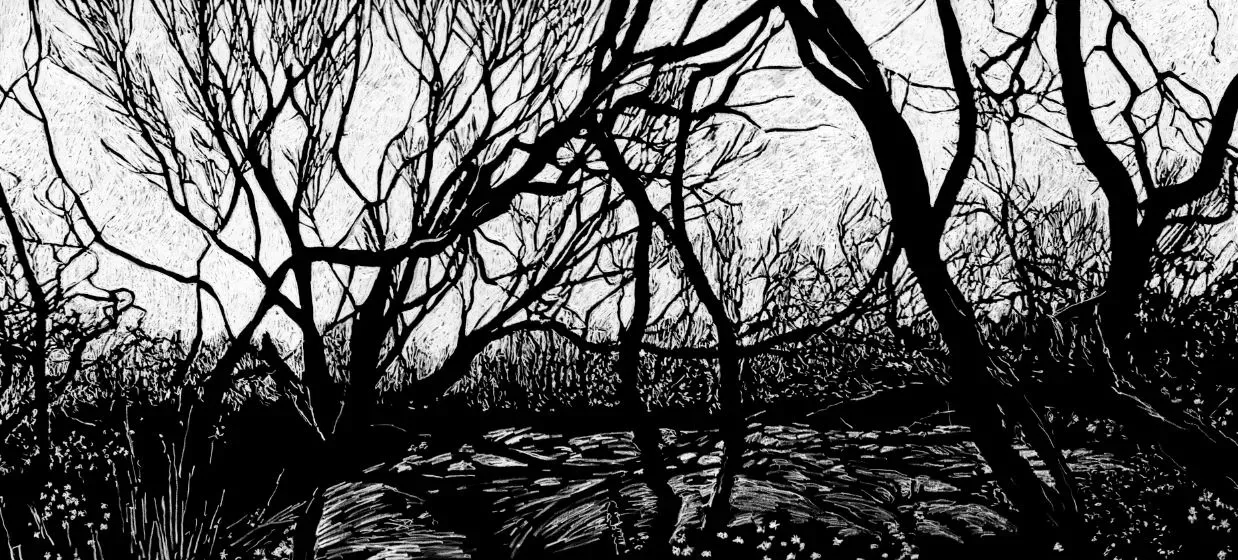
Climate crisis and art
"As an artist, I have a responsibility to address climate change through my art.
Art addresses the issue in it’s own way, very differently from how a politician, scientist or journalist would.
In my work I hope something comes through about my worries about what’s happening in the world. About the habitats that are being lost, particularly in light of the recent forest fires in Australia.
I want to convey this feeling of fragility, and the need to show greater respect to the natural world.
We shouldn’t take it for granted. It could be easily lost if we don't respect and take care of it."
See Jan's exhibition for yourself at the Shirley Sherwood Gallery, Saturday 3 October 2020 –Sunday 14 March 2021.
